Language
Some early colonists engaged with local people and recorded their languages with translations into English. Lieutenant William Dawes arrived on the First Fleet in 1788 with Captain Arthur Phillip, the Governor of New South Wales. Dawes was appointed astronomer for the colony and established an observatory on Tar- Ra ( Dawes Point). Here he was met by a young woman Patyegarang who assisted with making the first dictionary. Dawes’ notebooks were collected by orientalist William Marsden and donated to King’s College London, and held at SOAS. The Portico Library has three works by Marsden including his translation of The travels of Marco Polo.
David Collins, Secretary to the Colony from 1788, included an appendix of vocabulary in An account of the English colony of New South Wales, from its first settlement in January 1788, to August 1801, held here in The Portico Library collection.
Pulangkita pitjangu (When the blanket came), Rene Kulitja and Rhett Hammerton, 2019 (Finalists Australian National Photographic Portrait Prize 2020)
Pulangkita pitjangu (When the blanket came), 2019
Ara Irititjawanu ngarala ngaranyi wiyaringkuntja wiya alatjitu Tjamu-ku munu Kami-ku palumpa pulampa Walytjapiti iriti nyinanytja tjuta-ku nganampa nyangatja wantikatingu Tjukurpa ngura manta munu wangka malatja malatja-ku Nganana wiyaringkunyangka tjitji malatja tjuta-ngka ma-kanyilku Pulangkita pitjangu munu wangka nganampa tjutunu Nganana English wiya Kulinmalanya Nganana panya pitjanytjatjara tjuta!
Our culture has been passed down endlessly through the ages, by our grandfathers and grandmothers. Our families – many generations – left this behind for us: law, places, land and language, to be inherited by all those that come after them. And when we are gone, they will be for our children after us to hold and look after. This blanket came and covered over our language. But let us remember – we are not English. We are Pitjantjatjara!
Rene Kulitja is a member of the Uluru-Kata Tjuta National Park Board of Joint Management board, director of Ngaanyatjarra Pitjantjatjara Yankunytjatjara (NPY) Women’s Council, and esteemed Ngangkari Anangu traditional healer.
Rhett Hammerton is a photographer, videographer and collaborator.
Rene Kulitja: ‘think carefully and watch carefully’
The Lowitja Institute is a national Aboriginal and Torres Strait Islander research institute focused on the health and wellbeing of First Nations Peoples. This video clip is from the Lowitja Institute International Indigenous Health and Wellbeing Conference 2019 held in Darwin, Northern Territory and features Rene Kulitja, Tjulapi Carroll, Nyunmiti Burton, with Beth Sometimes (interpreter).
Australian Aboriginals / photographed by Kerry & Co. Mitchell Library, State Library of New South Wales
Blankets
Traditional blankets were made of possum, wallaby or kangaroo skin. People were barred from their land and traditional practices and so came to rely on officially distributed blankets by the authorities along with food rations. ‘Blanket lists’, made to account for distribution, also served to collect details about local Aboriginal people. For many people these lists are the sole official record of their relatives.
This photograph ‘Govt Agents delivering blankets…’ shows the blankets branded in English: ‘New South Wales Aborigines’.

